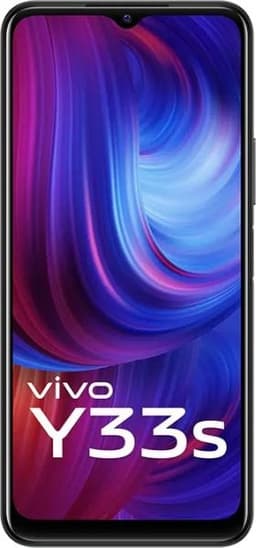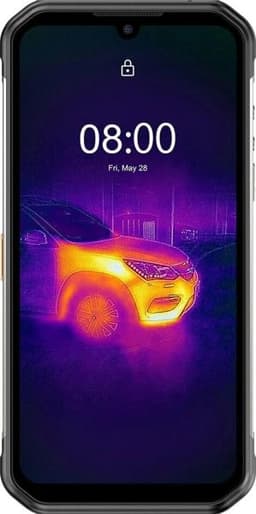- Archive
- vivo Y33s vs Ulefone Armor 11T
vivo Y33svsUlefone Armor 11T
We compare these two popular phones to help you decide which one fits your needs and budget better.

Quick Stats

Quick Stats
Note: Highlighted specifications show differences between the two devices.
| Metric | vivo Y33s | Ulefone Armor 11T |
|---|---|---|
| Connectivity | #706 | #484 Winner |
| Design | #489 | #376 Winner |
| Display | #739 Winner | #811 |
| Performance | #708 | #548 Winner |
| Battery | #794 | #660 Winner |
| Camera | #560 | #420 Winner |
Note: Lower rank number indicates a better position in category.
No significant specification differences found between these devices.
vivo Y33s
Strengths
No specific pros listed for this device
Weaknesses
No specific cons listed for this device
Ulefone Armor 11T
Strengths
Weaknesses
vivo Y33s
The Vivo Y33s is a budget smartphone that competes with devices like the Samsung Galaxy A22, Infinix Note 10, and Redmi 10. It costs 109,000 Naira and offers decent features at its price point. In terms of design, the phone feels light and has a mirror finish on the rear, but it scratches easily. The device also supports reverse charging. The camera setup includes a 50-megapixel primary sensor, a 2-megapixel depth sensor, and a 2-megapixel macro sensor. The primary camera takes good pictures with impressive dynamic range, although portrait mode sometimes suffers from blown highlights. The phone runs Android 11 with Fun Touch OS 11.1, has minimal bloatware, and no ads. However, the device lacks future-proofing with uncertain prospects for Android 12 updates. Battery life is good, lasting a full day on a single charge, and charging time takes around two hours to reach 100%. The phone also supports reverse charging. While gaming performance is average, the device can play demanding titles like PUBG and Call of Duty. The mono speaker sounds decent but lacks stereo sound. Overall, the Vivo Y33s shines with its 50-megapixel main camera, good battery life, and reverse charging feature. However, it falls short in display refresh rate, front camera quality, and mono speaker performance.
Ulefone Armor 11T
As a software engineer, father, and tech enthusiast, I was excited to try the Ulefone Armor 11T, a rugged phone that caught my attention due to its FLIR camera and flagship-level specifications. After two months of daily use, I'm sharing my thoughts on this device. The phone's solid build quality is impressive, but it's also quite heavy and thick. The FLIR camera is a useful tool for everyday tasks, revealing temperature differences in various objects. However, the image quality is poor, especially in low light conditions. Despite its 48-megapixel main camera, the photos I took were not up to par. I was disappointed to find that the phone's 5G connectivity didn't work on my device, despite having a 5G data plan and testing it in areas with good coverage. The battery life is excellent, lasting two days or more with heavy use. However, the phone's durability was another letdown - after only two drops, the outer edges were damaged. The camera focus issues were particularly frustrating, especially when using the app for grocery shopping. Compared to my old iPhone SE, scanning barcodes took 10 times longer. As someone who has primarily used iPhones over the past 13 years, I missed the seamless experience of iOS on this Android device. While the user interface has improved significantly since my last Android experience in 2010, I still found myself wanting an iPhone. In conclusion, if you're specifically looking for a rugged phone and know what to expect, the Ulefone Armor 11T might be suitable. However, if you're switching from a regular phone or seeking a similar experience, this device may not be the best choice. My final thoughts: proceed with caution, as the phone's durability and camera performance may not meet your expectations.
Need help choosing?
Read our detailed reviews to understand which device is better for your specific needs and budget.
Compare other phones
Explore comparisons between any other phones
Choose two different items to see a detailed comparison of their specifications, performance, and features